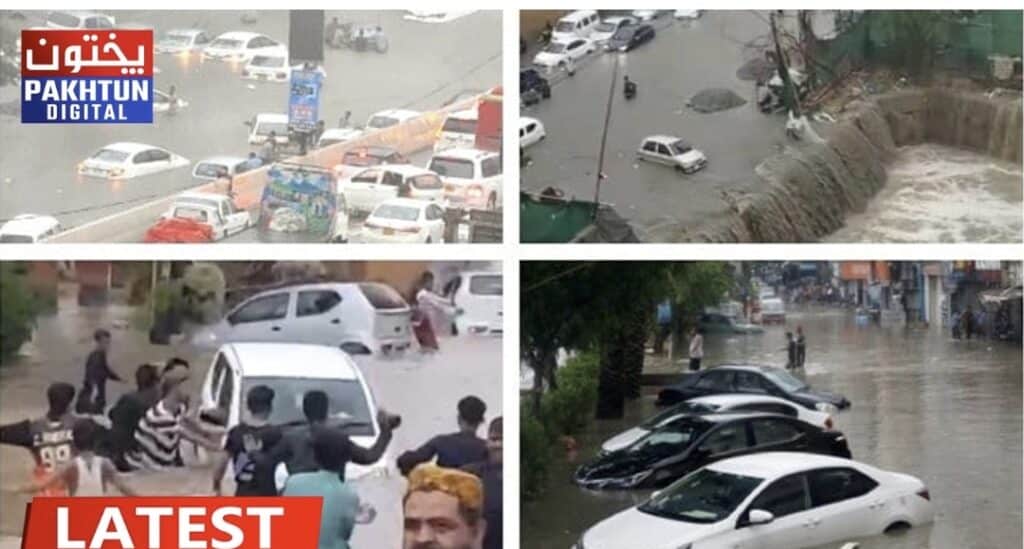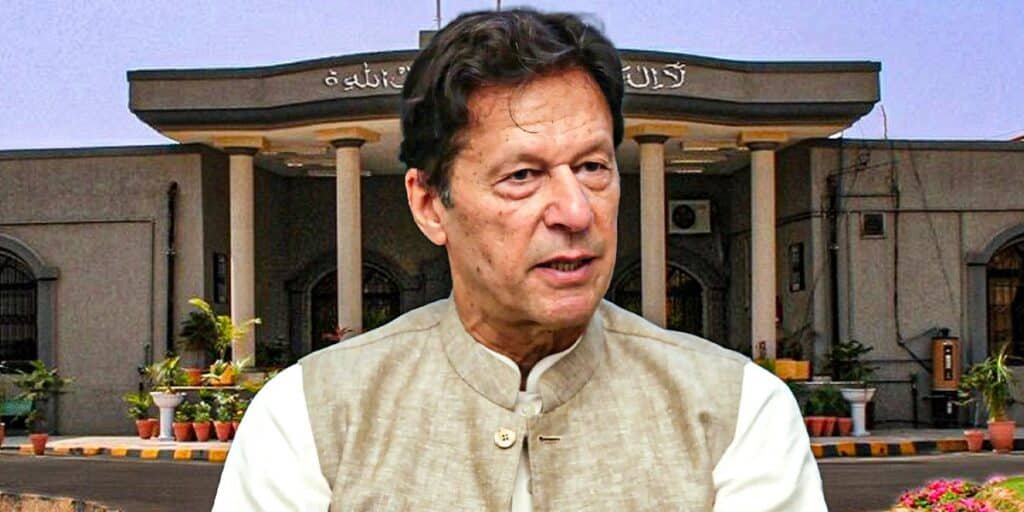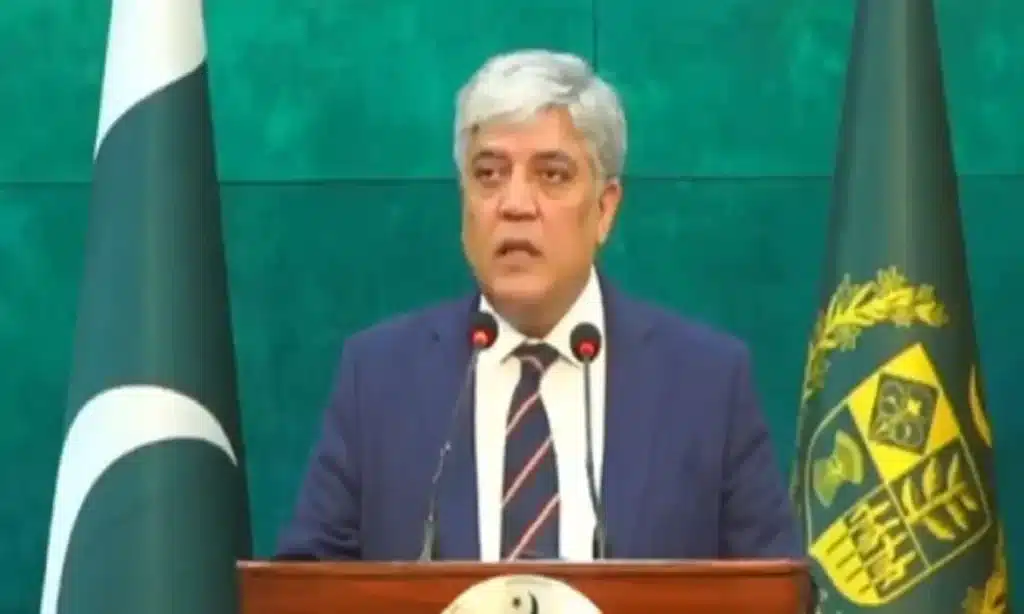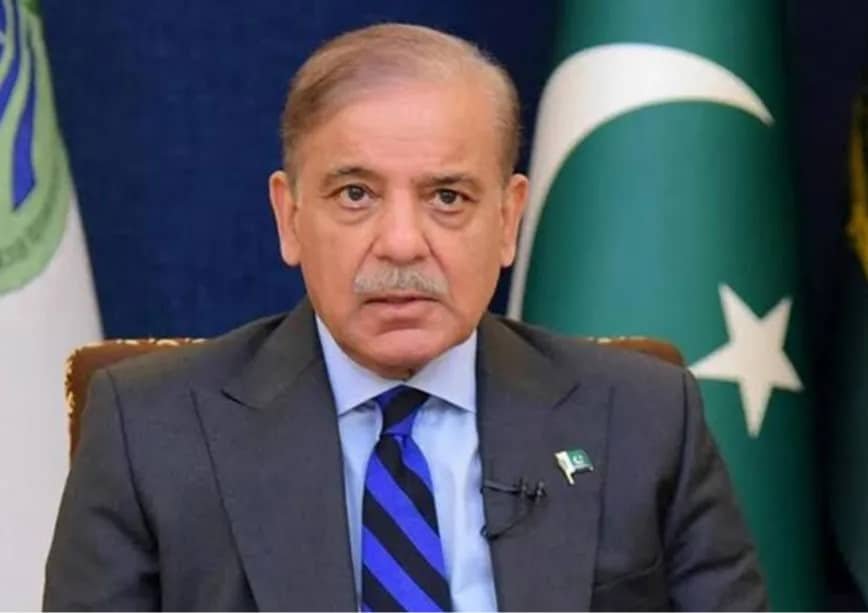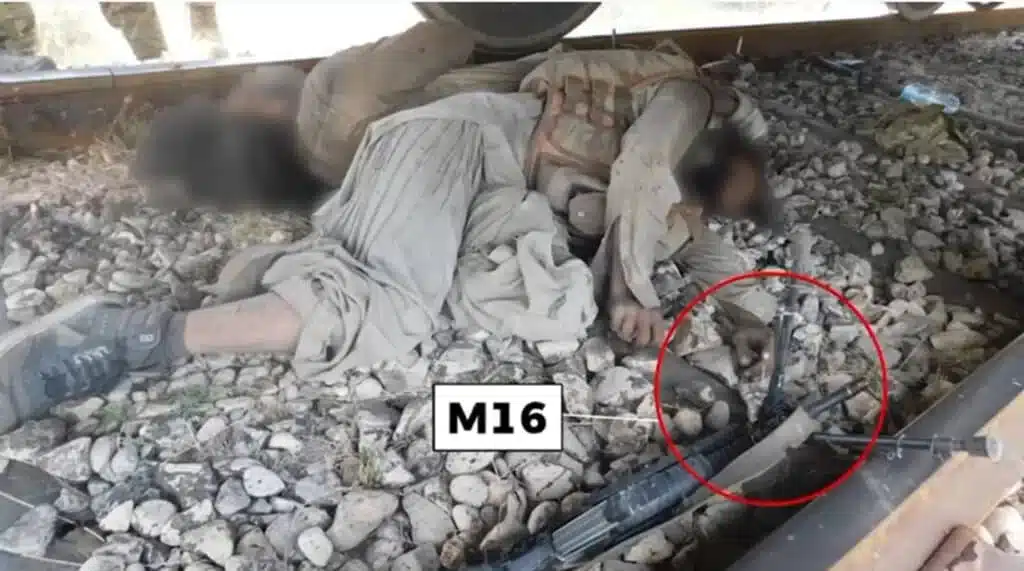KARACHI: The city was brought to a standstill on Tuesday as torrential rains lashed Karachi, leading to widespread flooding, multiple deaths, and a collapse of essential services.
The downpour, which turned major roads into ponds and submerged low-lying neighborhoods, resulted in the deaths of seven citizens. The fatalities were caused by incidents of wall collapses and electrocution. Six others were reported injured.
In response to the crisis, city authorities have declared a rain emergency. Traffic police have been forced to close key underpasses and roads in severely affected areas, including Nazimabad, Liaquatabad, and Clifton, to prevent further accidents.
The power situation remains critical, with over 800 power feeders tripping across the metropolis. This has caused prolonged and widespread blackouts for residents and businesses. K-Electric reported that its distribution system remains unstable in the aftermath of the storm.
According to data from the Meteorological Department, the rainfall was unprecedented in several areas. Gulshan-e-Hadeed received the highest rainfall at 145 mm, followed closely by Keamari (137 mm) and Jinnah Terminal (135 mm). Most other areas of the city received well over 100 mm of rain.
Sindh Chief Minister Syed Murad Ali Shah directed all relevant agencies to remain on high alert and ordered rescue services to be active. He instructed Karachi Mayor Murtaza Wahab to ensure machinery and staff were deployed for the immediate drainage of water and advised citizens to avoid unnecessary travel.
Contrary to the visuals of severe flooding from across the city, Mayor Wahab took to social media to claim that main roads were clear and traffic was flowing normally, acknowledging only some water on the sides of roads which municipal staff was clearing.
Also read:Heavy rains forecast across country from today: PMD
Meanwhile, the Met Office has predicted more rain with thunder and lightning for various regions, including Islamabad.

